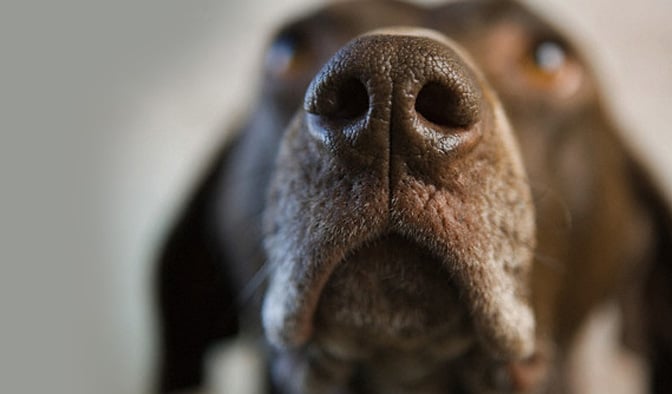Thinking About An American Bulldog? Here’s What You Should Know
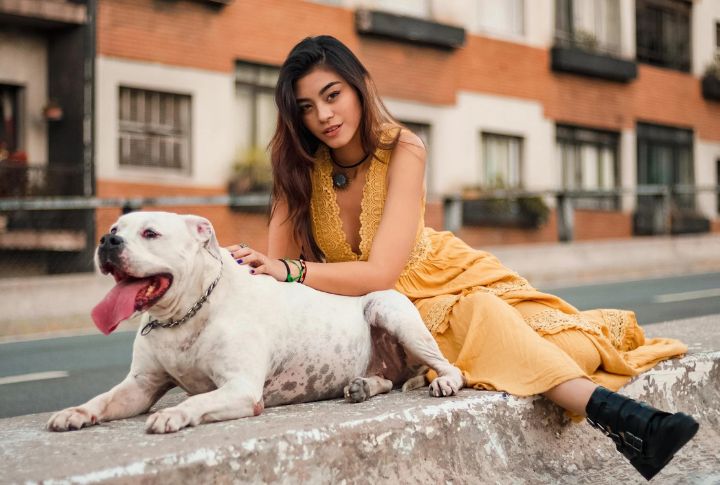
A dog with power, loyalty, and boundless energy sounds ideal, right? But before you welcome an American Bulldog into your home, there are essential things to know. These dogs aren’t for everyone, and understanding their traits can mean the difference between harmony and frustration. Are you ready for the challenge?
Origins

American Bulldogs’ roots are traced to the working farms of the American South. Descended from Old English Bulldogs, they were bred for hunting, guarding, and companionship. Unlike their wrinkled, stocky cousins, they retained agility and strength. Their history shapes their instincts—they are resilient and eager to work alongside their owners.
Physical Traits
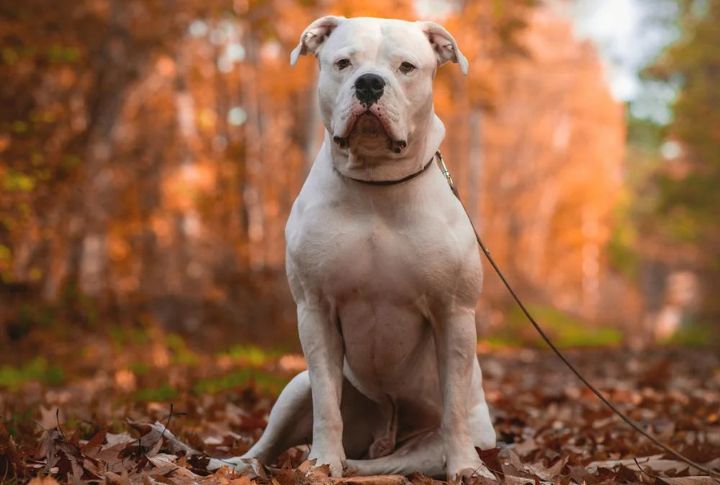
This breed has a broad chest and a thick neck, making it strong and agile. Males, on average, weigh between 75 and 100 pounds, while females are slightly smaller. Their short coat demands minimal grooming but sheds consistently. Despite their rugged exterior, their expressive eyes reveal dogs deeply connected to their families.
Temperament
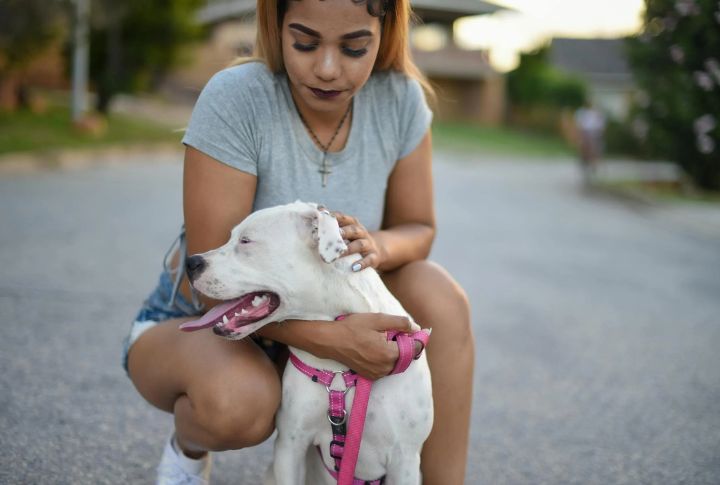
Don’t mistake their muscular frame for aggression—American Bulldogs are fiercely loyal to their families. They bond profoundly and thrive on companionship. However, their natural guarding instincts require early socialization to prevent overprotectiveness. With the proper training, they are playful and devoted dogs that balance vigilance with affection.
Exercise Needs
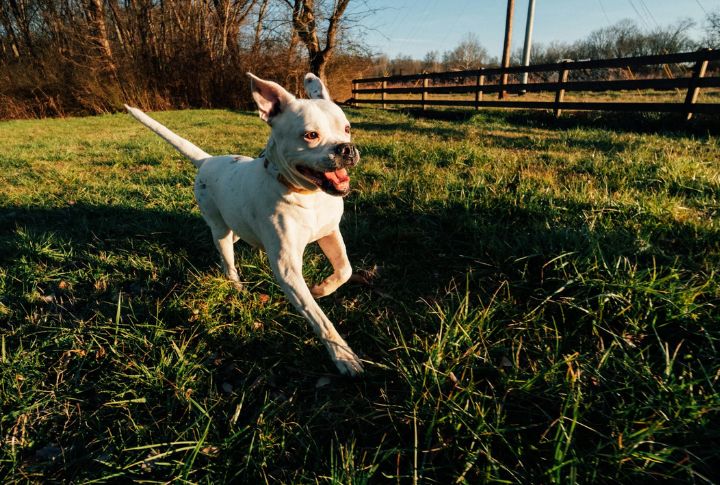
A simple walk won’t cut it; mental stimulation and structured activities are essential to keep their minds and bodies engaged. Without enough exercise, they may resort to destructive behaviors. You won’t also find these dogs lounging on couches all day; they need at least 60-90 minutes of running, hiking, or interactive play to stay happy and healthy.
Training

A bored, untrained Bulldog can quickly become a handful. Bright but willful, they respond well to positive reinforcement yet constantly test boundaries. Behavioral issues can emerge without early obedience training covering commands and impulse control. Overall, consistent and firm guidance is the key to shaping a well-mannered companion.
Health Concerns

Genetic predispositions can affect an American Bulldog’s health, with issues like hip dysplasia, skin allergies, and breathing difficulties being common. While responsible breeding practices help reduce hereditary conditions, regular visits to the vet and a well-balanced diet are equally vital. Keeping their weight in check further minimizes risks and promotes long-term well-being.
Dietary Requirements

Their diet must be rich in protein and healthy fats to fuel their high-energy lifestyle. When you overfeed them, it may cause obesity, so portion control is key. Some Bulldogs have food sensitivities, which require specialized diets. Consulting a vet ensures they receive proper nutrients to keep them thriving.
Grooming
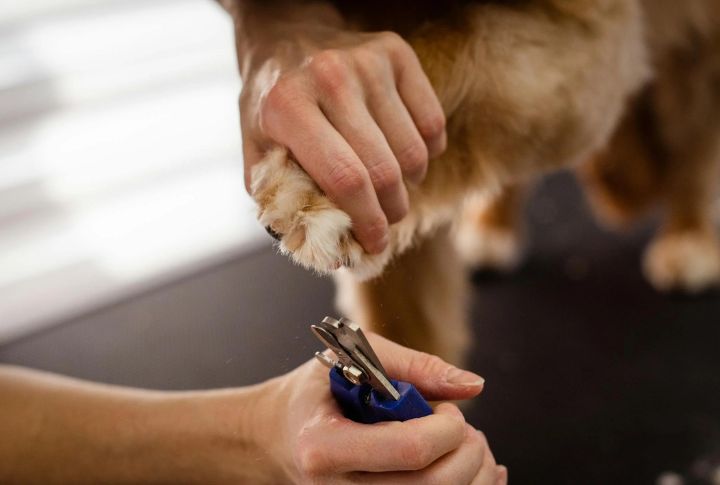
Despite their rugged appearance, American Bulldogs require routine care to stay in top shape. Shedding is a constant factor that makes weekly brushing essential to minimize loose hair and maintain coat health. Nail trimming, dental care, ear cleaning, and skin checks shouldn’t be overlooked, as neglecting these areas can lead to discomfort and health issues.
Living Conditions
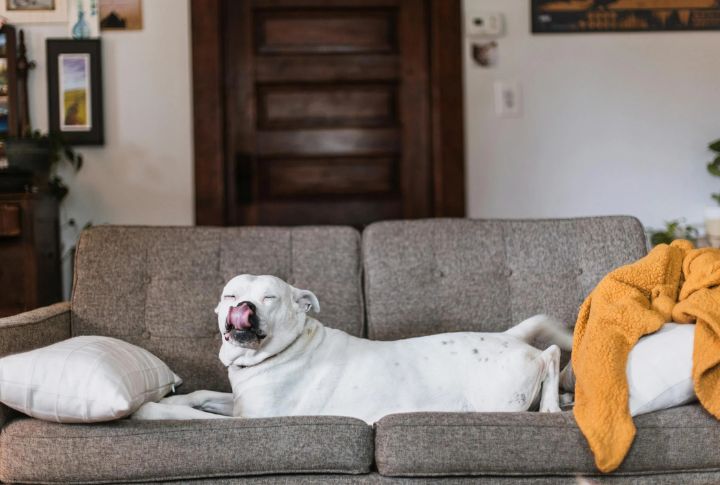
While adaptable, American Bulldogs thrive in homes with ample space. They can adjust to apartment living only if provided with sufficient exercise. Fenced yards are ideal as they prevent them from wandering due to their natural curiosity and strong prey drive. A confined, unstimulated Bulldog is a recipe for trouble.
Interaction with Children
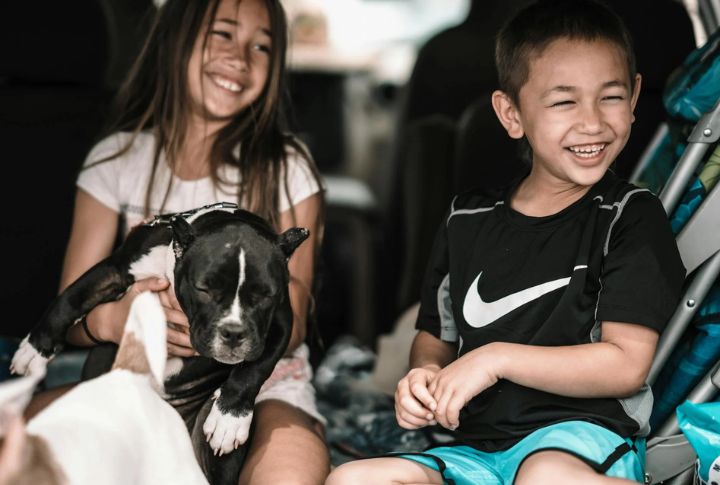
American Bulldogs adore their families and are incredibly affectionate with kids. But let’s be honest—their strength isn’t something to ignore. A playful jump or an excited nudge can easily topple a toddler. Ensure supervised play and teach kids to interact respectfully to make sure these big-hearted dogs remain safe companions.
Compatibility With Other Pets
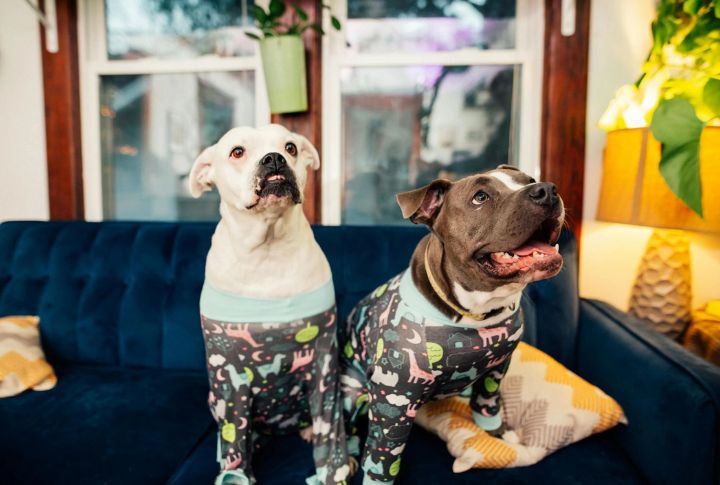
Introducing an American Bulldog to other pets takes patience and strategy. Their strong prey drive means smaller animals might be unsafe without proper boundaries. Yet, they can learn to coexist peacefully with structured interactions and careful socialization. Training plays a massive role in shaping their behavior around fellow pet housemates.
Lifespan

On average, American Bulldogs live between 10 and 12 years. A healthy lifestyle, regular veterinary care, proper training, and mental stimulation contribute to their longevity. Owners who invest in their well-being are rewarded with years of unwavering companionship and love from a devoted canine partner.
Legal Considerations
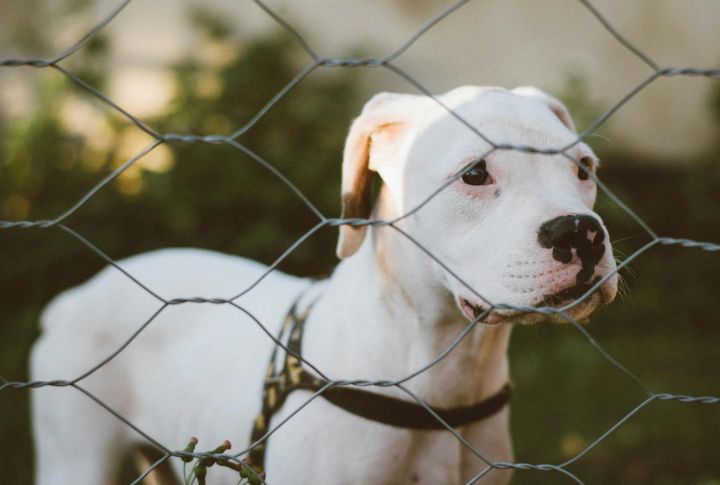
Not all areas welcome American Bulldogs with open arms. Some cities and housing communities impose breed-specific legislation, which restricts ownership. Before bringing one home, check local regulations to avoid unexpected issues. Responsible ownership and advocacy help combat unfair stereotypes surrounding the breed.
Historical Roles
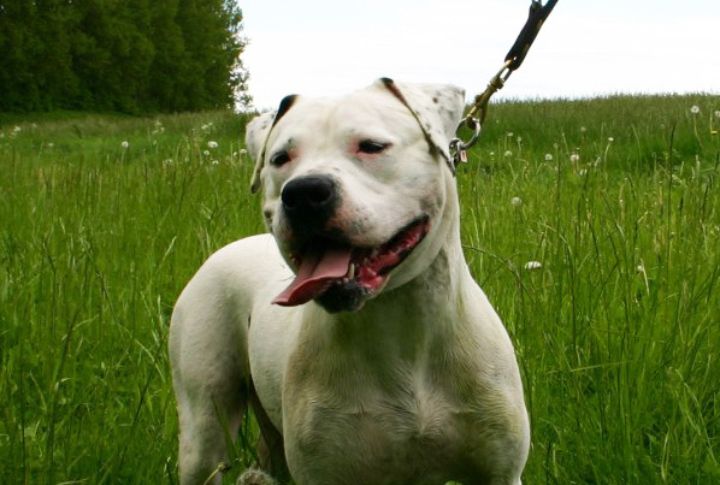
American Bulldogs have a rich working history and were originally bred for farm hunting and guarding. Today, they excel in various roles—service dogs, therapy animals, personal protection, and even farm-related activities. Their intelligence and drive make them versatile, proof that they are more than just household companions.
Breed Variations
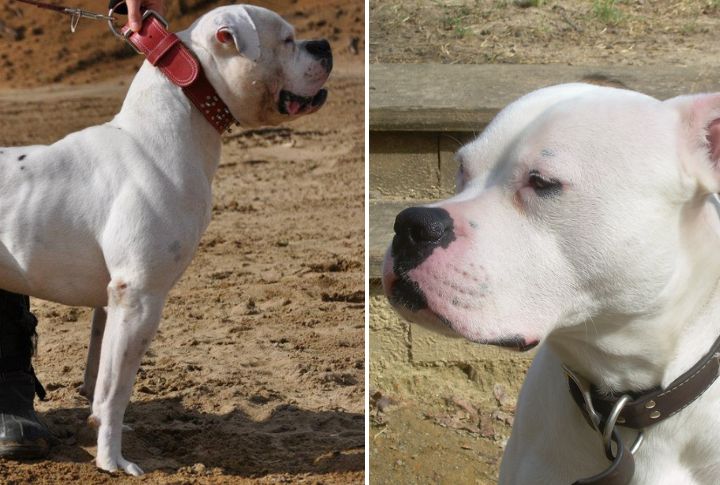
American Bulldogs come in two main types: Johnson (Bully) and Scott (Standard). The Johnson type is more significant, muscular, and has a distinct boxy head, while the Scott type is leaner and built for agility. Some dogs are a mix of both. Choosing the right type depends on your lifestyle and activity level.




